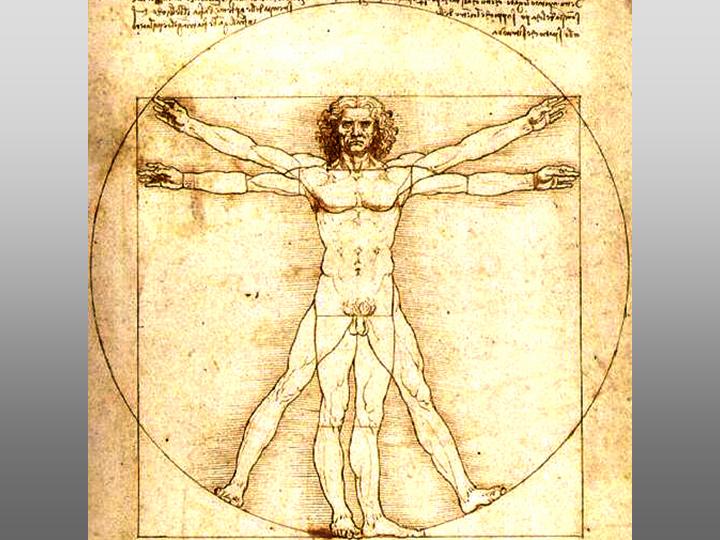Home
 10 Pillars 10 Pillars  Map Map  Tree Tree
 Rationale Rationale
 Forum Forum
 About About
 Terms Terms
 Contact Contact
|
Search
top academic & professional resources |
||||||||||||||||||||||||||||||||||||||||
 Medicine |
Loading
|
||||||||||||||||||||||||||||||||||||||||
|
|||||||||||||||||||||||||||||||||||||||||
Medicine is
the science and art aimed at promoting health, preventing illness,
treating diseases, and relieving pain (C. Zins, 2011)..
 ©
©
 Philosophy of medicine
Philosophy of medicine History of medicine
History of medicine Medical ethics
Medical ethics Medical research & evaluation
Medical research & evaluation Medical education,
Medical education,2. Medical Fields (diagnostic, clinical...)
 Internal medicine
Internal medicine Allergy & Clinical Immunology
Allergy & Clinical Immunology Cardiology
Cardiology Critical Care Medicine
Critical Care Medicine Endocrinology
Endocrinology Gastroenterology
Gastroenterology Geriatrics
Geriatrics Hematology
Hematology Hepatology
Hepatology Infectious Disease
Infectious Disease Nephrology
Nephrology Oncology
Oncology Pulmonology
Pulmonology Rheumatology
Rheumatology Sleep medicine
Sleep medicine Neurology*
Neurology* Pediatrics
Pediatrics Surgery
Surgery General surgery
General surgery Cardiothoracic Surgery
Cardiothoracic Surgery Vascular Surgery
Vascular Surgery Pediatric Surgery
Pediatric Surgery Neurosurgery
Neurosurgery Orthopedic Surgery
Orthopedic Surgery Ophthalmology
Ophthalmology Otolaryngology
Otolaryngology Oral and Maxillofacial Surgery
Oral and Maxillofacial Surgery Plastic Surgery
Plastic Surgery Urology
Urology Gynecology and Obstetrics
Gynecology and Obstetrics Psychiatry
Psychiatry Pathology...
Pathology...Post your proposed structure!
a must for your library
The foundational fields study the philosophical, historical, social, and methodological foundations of medicine. They are concerned with the metaknowledge (knowledge about knowledge) of medicine; among them philosophy of medicine, history of medicine, medical ethics (study of ethical issues that arise in medical settings). medical research and evaluation, medical education (study of medical training and medical schools), and medical informatics (study of handling medical information systems), which is part of information science (see cat. 1.4).
The medical fields explore the medical conditions (i.e., diseases, disorders, injuries, and health-based situations (e.g., pregnancy, delivery)), and medical treatments and practices. They cover the broad spectrums of known conditions, organs and body systems, treatments and technologies, groups, and interests.
Mapping medicine. There are hundreds of medical fields and sub-fields. Mapping them is indefinite. The medical knowledge is constantly growing. New fields emerge, scientists conquer new horizons, and practitioners implement innovative treatments and technologies. The structure of medicine varies from country to country. We live in ‘a global village’. Still, national healthcare systems are based on different medical traditions, social needs, and cultural boundaries.
Main fields. Internal medicine, neurology, pediatrics, surgery, gynecology and obstetrics, psychiatry, and pathology are the backbone of medicine.
Internal medicine. Based on the European Federation of Internal Medicine internal medicine explores diseases of internal organs of the body – the heart, the lungs, the liver and gastro-intestinal tract (system), the kidneys and urinary tract, the brain, spinal column, nerves, and muscles. Internal medicine is focused on the diagnosis, treatment, and prevention of “non-surgical” conditions in adults.
Sub-fields. Based on the American Board of Internal Medicine internal medicine’s main sub-fields are allergy and clinical immunology (immune system), cardiology (cardiovascular system – heart and blood vessels), critical care medicine (life support for critically ill patients), endocrinology (disorders of the endocrine system, including diabetes), gastroenterology (digestive system), geriatrics (care of the elderly), hematology (blood and blood-forming organs), hepatology (liver diseases), infectious disease (caused by microbiological organisms, e.g., viruses, bacteria, parasites), nephrology (kidneys), oncology (cancer), pulmonology (lungs and respiratory tract), rheumatology (rheumatic diseases), sleep medicine (sleep disorders).
Neurology focuses on the nervous system and its functional or organic disorders. Essentially it is part of internal medicine since it deals with an internal system of the body, but practically it has gained the status of an independent field of medical expertise (see also neurosurgery, which is also a sub-field of surgery).
Pediatrics is the counterpart of internal medicine, which is concerned with the development and care of infants, children, and adolescents. The age limit varies from 12 to 21, depending on the country, the medical system, or the medical school.
Surgery explores interventional techniques that are designed to cut, combine, remove, or replace tissues and organs for diagnosis
or treatment of injuries, diseases, and disorders, or for aesthetic purposes.
Sub-fields. Surgery’s main sub-fields are general surgery (mainly the abdominal organs, e.g., liver, stomach, colon, breast, endocrine system – glands, the skin, trauma surgery, and surgical oncology – cancer); cardiothoracic surgery (chest: heart and lungs); vascular surgery (blood vessels); pediatric surgery (treating the fetus, the newborn, the infant, the child, and the adolescent); neurosurgery (nervous system); orthopedic surgery (the musculoskeletal system – muscles and bones); ophthalmology (eyes); otolaryngology (ear, nose and throat); oral and maxillofacial surgery (head, neck, face, and jaws); plastic surgery (restoration of form and function); and urology (urinary system and male reproductive system).
Gynecology and obstetrics are combined medical/surgical specialties. They concern diseases and disorders of the female reproductive system (gynecology) and the health of the woman and her fetus from pregnancy until after delivery (obstetrics). Both fields deal with the diagnosis and treatment of infertility.
Psychiatry is the study and practice of diagnosing, treating, and preventing mental illness.
Pathology is the study and diagnosis of disease and abnormal conditions through examination of organs, tissues, bodily fluids, and whole bodies (autopsies) (C. Zins, 2011)..
Reflections
| 中 文 English Français Deutsch עברית 日 本語 नेपाली Polski Português Română русский Српски Español More.... |
a must for your library
Chaim Zins, Knowledge Mapping Research, 26 Hahaganah St. Jerusalem, 97852 tel: 972-2-5816705 chaim.zins@gmail.com








